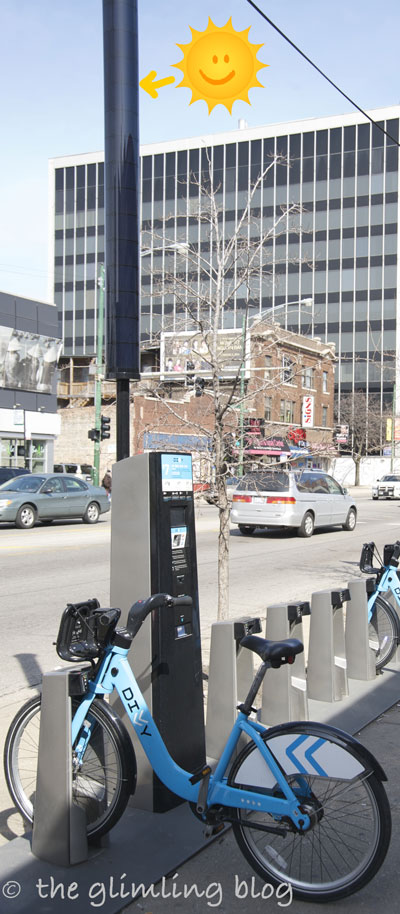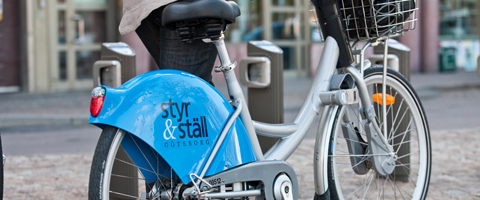 The first web browser I ever used, had no clickable links. Instead the user had to type in the link that was displayed in the text. It was at CERN (where the world wide web was invented) in the early 1990’s and although it wasn’t super practical, we saw the potential and jumped right into it with excitement. Five years later, I found myself working on the 3G Mobile Network standards and had to explain to friends why it would be handy to have internet access on a cell phone. “Can’t people wait until they get home?!?” was a common comment by most, who only saw Internet as entertainment. Fast forward almost 20 years and there are “apps” for everything, everywhere and anytime – on our (smart)phones, in our computers and on our tablets – providing us with entertainment of course, but also with technology that changes how we go about everyday life and fuels innovation and businesses in other areas. When the smartphone/app technology was combined with the 40-year-old dream of bike sharing, a remarkable development was fueled.
The first web browser I ever used, had no clickable links. Instead the user had to type in the link that was displayed in the text. It was at CERN (where the world wide web was invented) in the early 1990’s and although it wasn’t super practical, we saw the potential and jumped right into it with excitement. Five years later, I found myself working on the 3G Mobile Network standards and had to explain to friends why it would be handy to have internet access on a cell phone. “Can’t people wait until they get home?!?” was a common comment by most, who only saw Internet as entertainment. Fast forward almost 20 years and there are “apps” for everything, everywhere and anytime – on our (smart)phones, in our computers and on our tablets – providing us with entertainment of course, but also with technology that changes how we go about everyday life and fuels innovation and businesses in other areas. When the smartphone/app technology was combined with the 40-year-old dream of bike sharing, a remarkable development was fueled.

In the last 10 years, the increase has been 10-fold. Between May 2011 and April 2013, the number of bike share programs increased from 375 to 535 worldwide and the number of bikes more than doubled to just above half a million. It’s growing at an explosive rate and it is hard to come by up-to-date numbers. Asia and Europe are the early adopters, but the US is catching up. In the last year, New York City, Chicago, Los Angeles, Long Beach, San Diego, Salt Lake City, Aspen and Columbus launched programs. Ann Arbor is next in line and in the cities of Hoboken, Jersey City, and Weehawken, a regional bikeshare program is to be launched this summer.

So why were apps such a catalyst for the take off of bike share programs? Together with other relatively new and/or cost efficient technologies, “Internet in the pocket” makes it possible for the user to get real-time information like “Where is the nearest bike?” or “Can I return the bike at my usual station?” For those who combine bikeshare with public transportation, the user can decide on which bus stop to get off depending on where bikes are available at that moment. Solar power and wireless technology are used so the stations don’t need access to utilities and thus are movable from one street corner to another when needed. GPS trackers in the bikes help to analyze usage, and identify need for new stations. Hopefully they are here to stay this time!
Elisabeth
P.s. As an extra perk for our Swedish readers: a special shout-out for the bicycle share system in Gothenburg, Sweden for their brilliant name “Styr & Ställ”!

